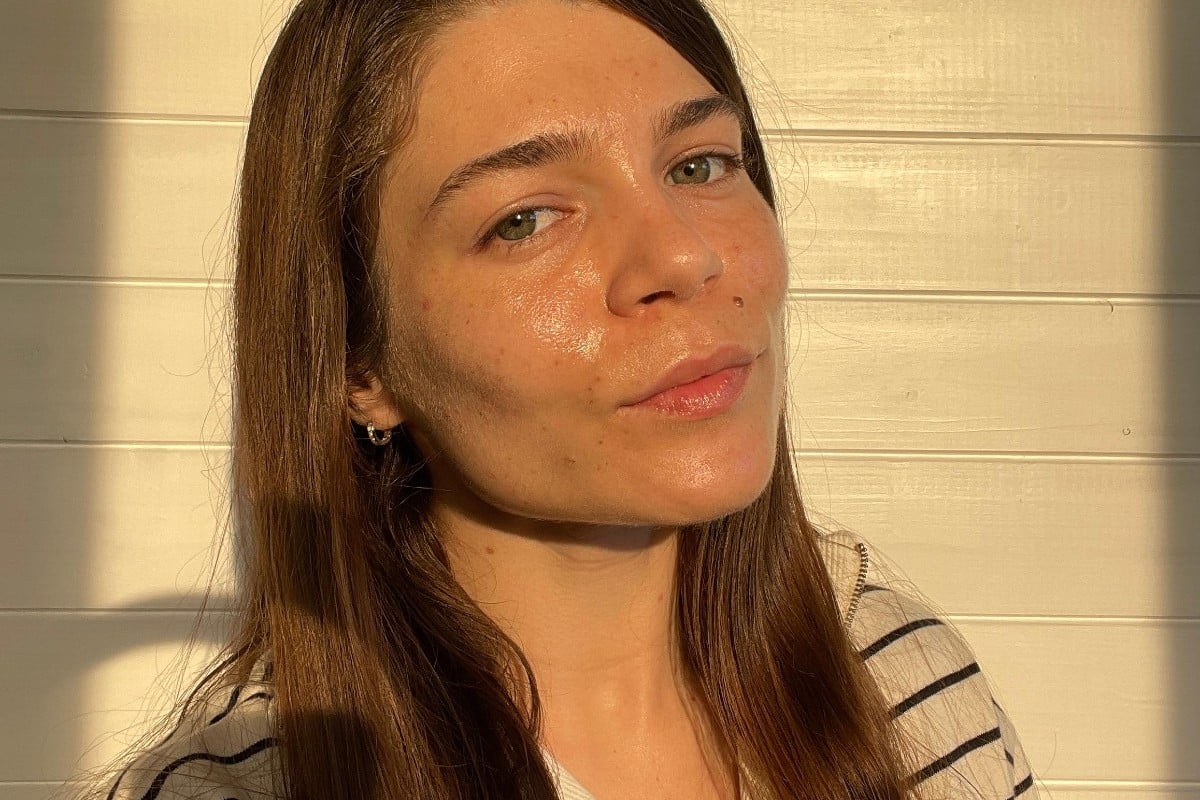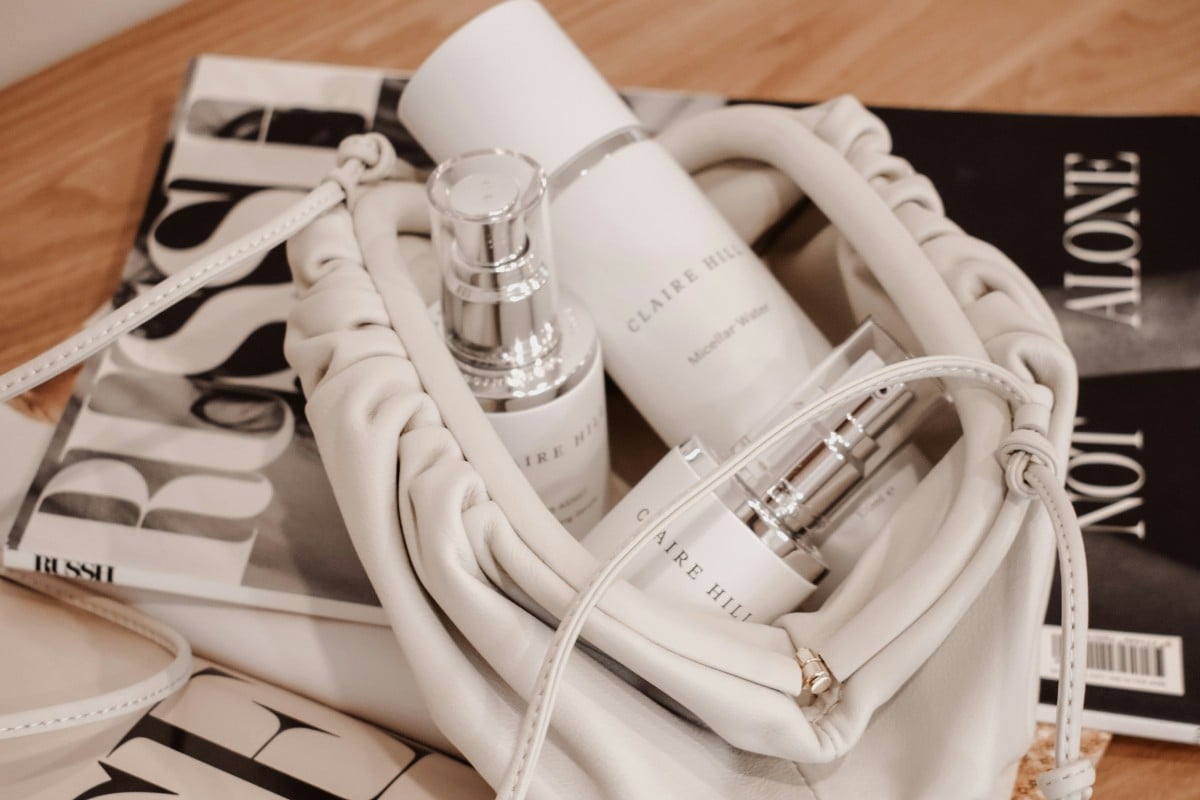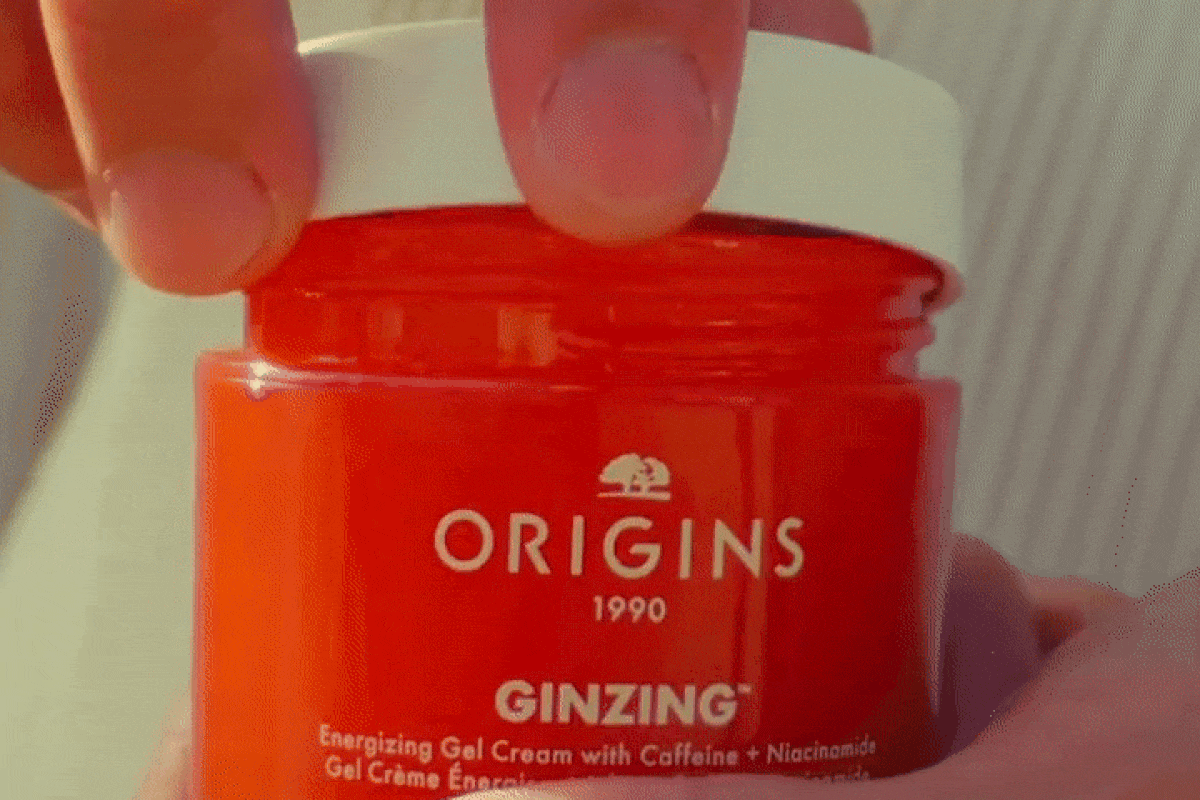Achieving a radiant, dewy complexion can be particularly challenging in dry climates. Here, a seemingly simple solution – incorporating humectants into your skincare routine – can backfire, leaving skin feeling even drier and tighter. Below we take a closer look into the science behind humectants, exploring their effectiveness and limitations in arid environments, and ultimately, guiding you toward optimal skin hydration.
Understanding Humectants
Humectants are hygroscopic ingredients, meaning they have a strong affinity for water vapor. Popular examples include hyaluronic acid, glycerin, and aloe vera. These ingredients function by attracting water from the environment or the deeper layers of the skin itself. In humid environments, humectants excel. The air is saturated with water molecules and therefore humectants readily draw upon this readily available moisture, delivering a plumping effect and a healthy glow to the skin.
However, the effectiveness of humectants hinges on the surrounding humidity. In dry climates, the air contains significantly fewer water molecules. This creates a conundrum – with limited external moisture available, humectants might resort to drawing water from the deeper layers of your skin to maintain their own hydration state. This can lead to a phenomenon known as “trans-epidermal water loss,” ultimately dehydrating the skin and exacerbating existing dryness.
Here’s a breakdown of how humidity levels impact humectant function:
- High Humidity (Above 60%): Humectants efficiently draw moisture from the air, effectively hydrating the skin.
- Moderate Humidity (30-60%): Humectants might still function adequately, but additional hydration strategies might be beneficial.
- Low Humidity (Below 30%): Humectants struggle to find enough external moisture and might resort to drawing water from the deeper layers of the skin, leading to dehydration.
So do you need to ditch humectants entirely if you live in a dry climate? Not really. They’re still great for keeping your skin properly hydrated, but they need a partner—occlusives. Occlusives are a type of moisturizer that forms a protective layer on the skin’s surface. They create a thin, invisible film on your face that you’d barely feel (it lets your skin breathe as well and some occlusives are also non-comedogenic). Popular occlusives include petrolatum, mineral oil, and shea butter. By applying an occlusive layer, humectants can still draw water from deeper skin layers, while the occlusive layer prevents this water from evaporating into the dry air. This double-action strategy allows for optimal skin hydration.
Here’s how you should tailor your skincare routine to your specific climate:
- If you experience tightness or dryness after using a humectant-rich moisturizer, it’s a sign your skin needs additional support.
- Consider layering a lightweight humectant serum followed by a thicker occlusive moisturizer to maximize hydration.
- Look for hyaluronic acid serums formulated with occlusive ingredients like panthenol or sodium hyaluronate for enhanced moisture retention.
- During drier months, or if you reside in a naturally dry climate (think Death Valley with humidity below 30%, or Denver and Las Vegas averaging around 40%), opt for a richer moisturizer with more occlusive properties.
- Facial oils can provide an additional layer of protection and hydration, particularly beneficial for dry skin types.
What Else
- Adding moisture to the air with a humidifier can improve the effectiveness of humectants and create a more hydrating environment for your skin.
- Different humectants have varying degrees of water-drawing power. Hyaluronic acid, for example, is a particularly potent humectant, known for its ability to hold up to 1,000 times its weight in water. However, in extremely dry climates, even strong humectants might struggle to find enough external moisture.
- While occlusives are essential for dry climates, those with oily or acne-prone skin might find them too heavy. If you experience breakouts, consider lighter occlusives like dimethicone or jojoba oil.
- A healthy skin barrier plays a crucial role in moisture retention. Consider incorporating ceramides and fatty acids into your routine to strengthen the skin barrier and prevent further moisture loss.
- Don’t forget about internal hydration! Drinking sufficient water throughout the day is crucial for overall skin health.
Conclusion
Humectants are still the most effective ingredients for promoting skin hydration. However, their effectiveness is significantly influenced by environmental humidity. By understanding the science behind humectants and occlusives, and by tailoring your skincare routine to your climate, you can achieve and maintain healthy skin even in the driest of environments.
Read next: The Differences Between Emollients, Humectants, And Occlusives





